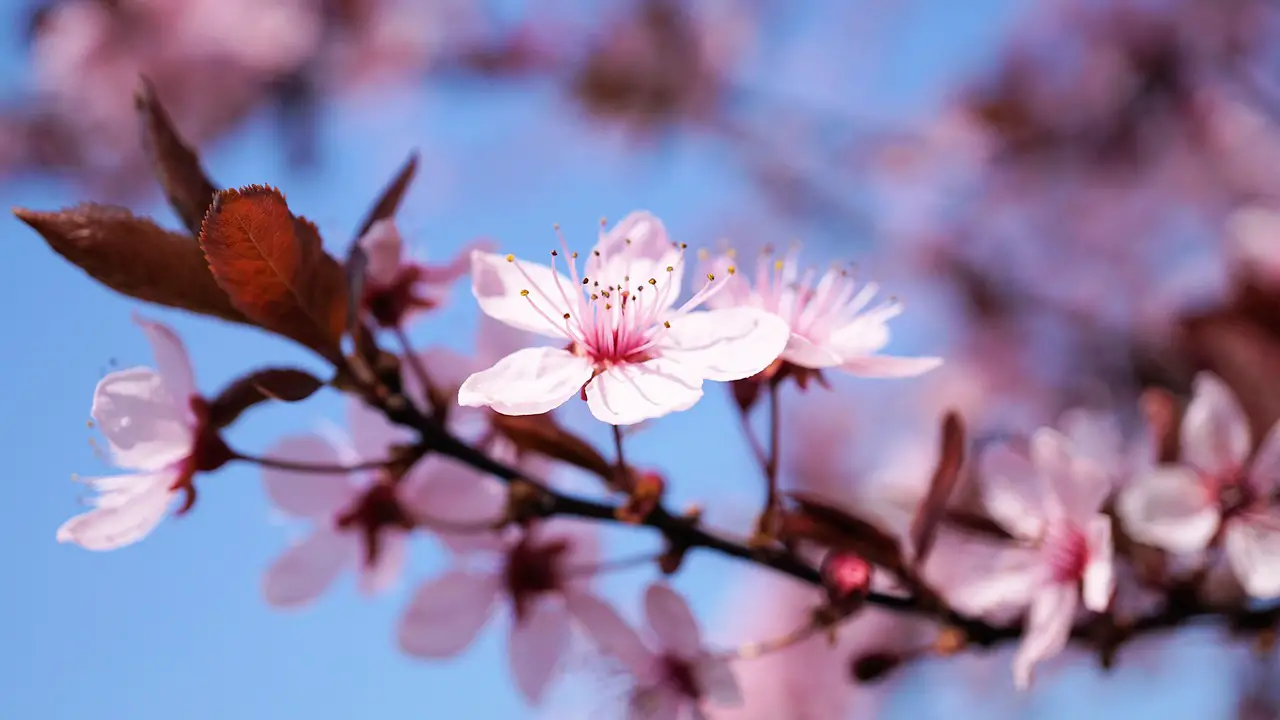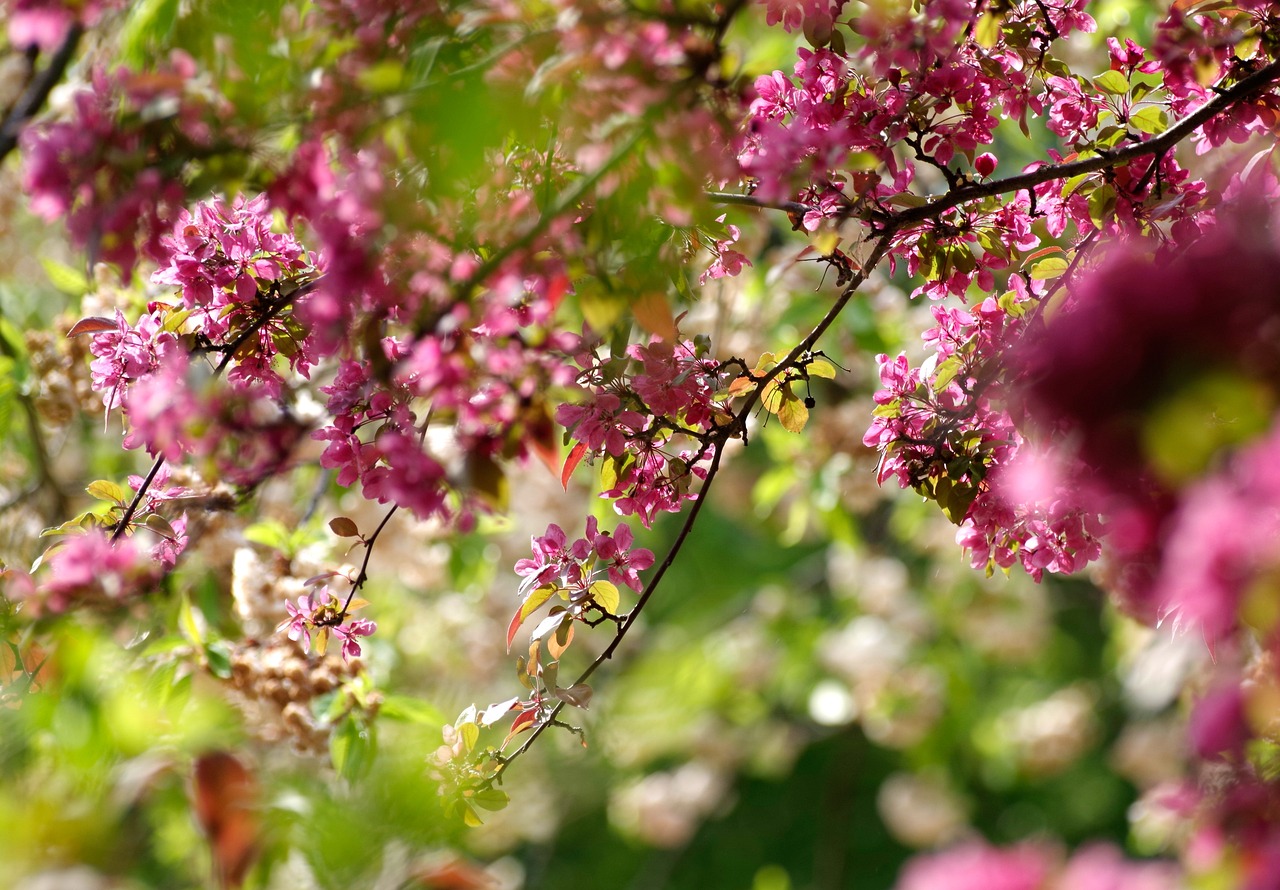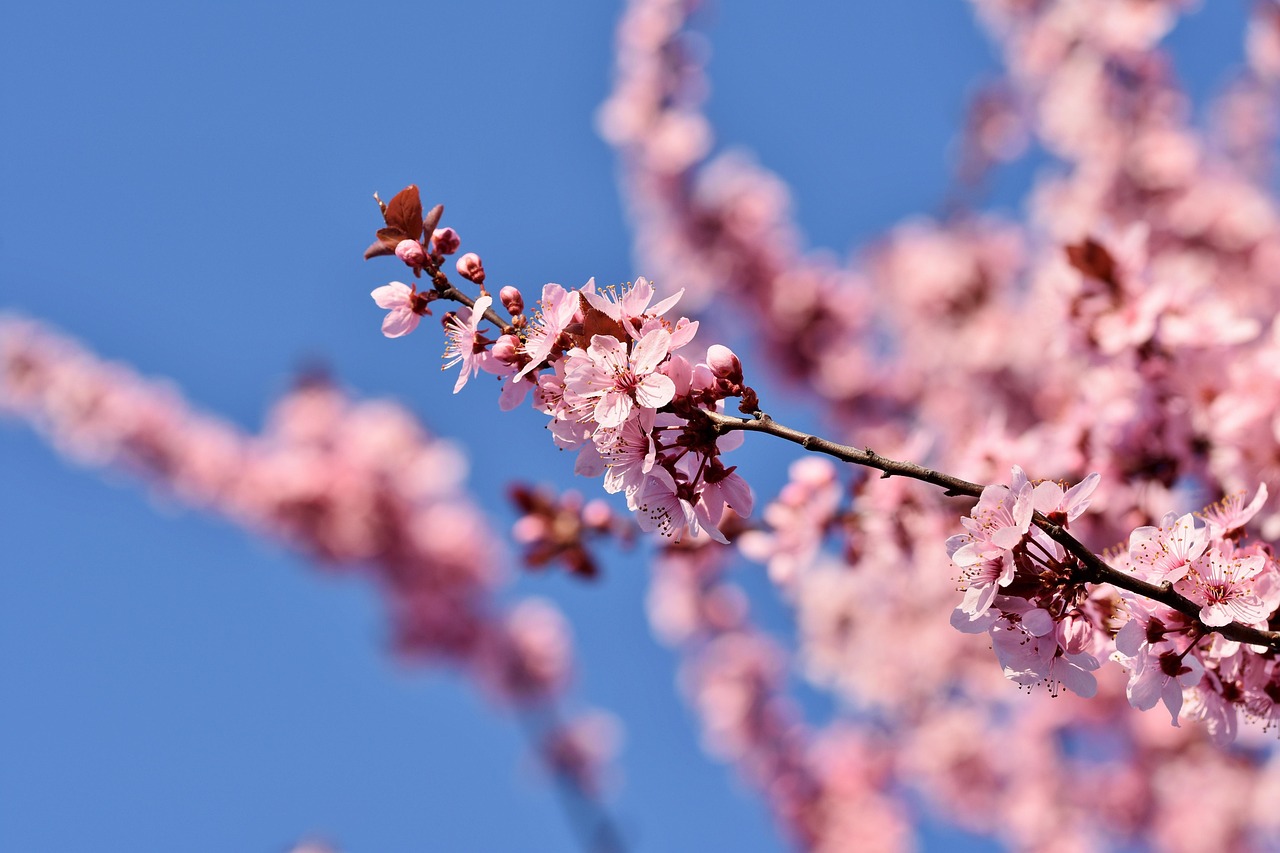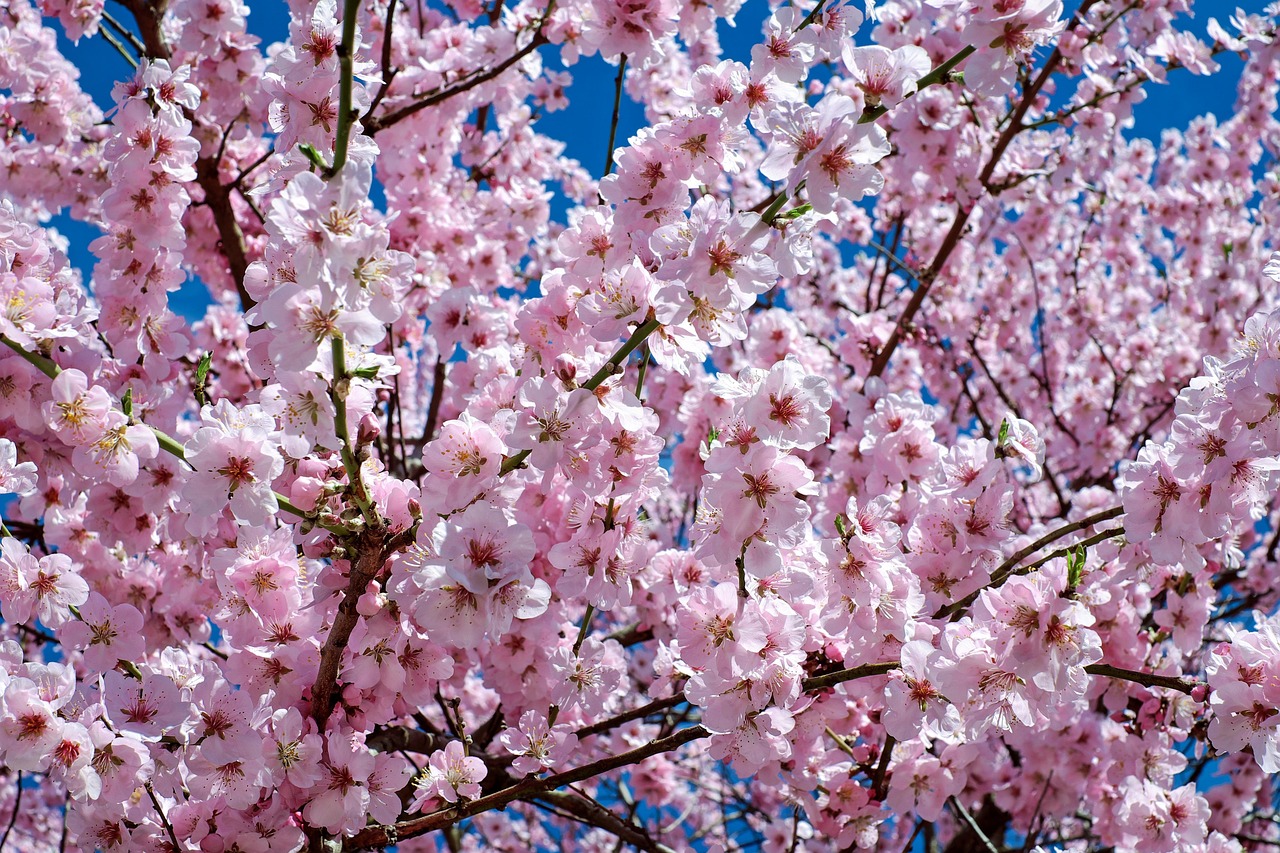Proper cherry tree pruning is essential for healthy growth, abundant fruit, and disease prevention. This guide outlines the best timing, techniques, tools, and post-pruning care, helping gardeners of all levels optimize their cherry harvests and maintain thriving trees throughout their lifespan.
Cherry trees are a joy to grow, especially because of their stunning blossoms and tasty fruit. But Trust me, I always emphasize that pruning is key. It helps shape the tree, removes those pesky dead or diseased branches, and allows fresh air and sunlight to reach every corner. This, in turn, encourages bigger, sweeter cherries and keeps the tree resilient against pests and diseases. I’ve made mistakes before—over-pruning or pruning at the wrong time—and I learned the hard way that patience and proper technique are essential.

In my experience, the best time to prune depends on your cherry variety. I always schedule my sweet cherries for late winter or early spring—when they’re dormant. It’s the perfect time because, frankly, the tree seems to handle the cuts better—and I get to see the structure clearly without leaves. For sour cherries, I wait until after harvesting because that’s when they respond best. Getting familiar with your specific cherry type makes all the difference in ensuring a healthy, productive tree.
Why I Always Prune My Cherry Trees
From my own gardening journey, I can’t emphasize enough how much pruning benefits the tree. Here’s what I always notice:
- Better Air Circulation: I once ignored this, and my tree developed fungal issues. Now, I always open up the canopy and remove crowded branches. It’s worth the effort.
- More Sunlight: Removing excess branches makes the sun reach all parts of the tree, helping the cherries ripen evenly—trust me, it makes a difference in sweetness.
- Larger, Tastier Fruit: I focus my pruning to direct the tree’s energy into fewer, better cherries. The reward? Juicy, flavorful fruit that makes my neighbors jealous.
- Improved Structure and Longevity: Well-pruned trees stand strong against wind and heavy fruit loads, and I’ve seen them last decades longer.
Before you start, I always recommend gathering the right tools. Trust me, a clean cut is your best friend—it prevents damage and disease. Here are some tools I always keep handy:

| Tool | Description |
|---|---|
| Hand Pruners | I always use these for small branches up to ¾ inch thick—clean cuts are critical. |
| Loppers | For thicker branches (up to 1½ inches). I keep mine sharp for smooth cuts. |
| Saw | When a limb is too big for pruners or loppers, I trust a pruning saw for clean, safe cuts. |
| Gloves | I always wear gloves—branches can be prickly, and safety first! |
| Ladder | For reaching those high branches, I always make sure my ladder is sturdy. Safety is key. |
Before making any cuts, I always evaluate the tree’s condition. I look for signs of disease or broken branches. Healthy wood feels vibrant and firm—dealing with problems early helps prevent bigger issues down the line.
Pro-Tips from My Experience
When I first started pruning my cherry trees, I made the mistake of over-pruning, thinking I needed to cut back as much as possible. Now I realize that leaving some foliage is essential for the tree’s health and photosynthesis, so I always aim for a balanced approach.
I remember struggling with improper cuts early on—jagged edges and rough cuts that invited pests. Now, I always use sharp tools and cut at a slight angle just above a bud or branch joint to promote healthy healing.
One thing I wish I had known sooner is how vital timing is. Pruning during dormancy—late winter to early spring—has always given me better results. I used to prune right after harvest or during the growing season, which sometimes stressed the trees or made them vulnerable to disease. Now, I stick to the dormancy period for shaping and light maintenance.
When I first started, I ignored my tree’s age and needs, but now I adjust my pruning techniques accordingly. Young trees get formative pruning to establish structure, while mature trees benefit from thinning to improve airflow and fruit quality. Older trees sometimes need rejuvenation cuts to reignite vigor, which has drastically improved their health and productivity.
Lastly, I learned that consistent post-pruning care—deep watering, fertilizing, and vigilant pest monitoring—really makes a difference. The effort I put into caring for my trees after pruning ensures a quicker recovery and a better harvest.
My Favorite Pruning Techniques
I’ve found that understanding these methods helps me shape my cherry trees properly:
Thinning Cuts
This is my go-to technique. I remove whole branches back to their origin to improve light and air flow. I focus on removing crowded or crossing branches. It’s a simple way to keep the tree open and healthy and keeps the fruit quality high. I always try to do this early in the season.

Heading Cuts
I use heading cuts sparingly—just enough to encourage new growth and fill out the shape. Too many can make the canopy too dense, which I’ve learned the hard way. A little goes a long way.
Renewal Pruning
As my trees age, I sometimes need to rejuvenate them. This means removing older branches to promote fresh, vigorous growth. I’ve seen my older trees come back to life this way—more cherries and stronger branches.
Getting comfortable with these techniques helps me manage my trees effectively, ensuring they stay healthy year after year. And trust me, the more I prune thoughtfully, the more rewarding my harvest becomes!

Timing — When I Always Prune
From my experience, timing really makes or breaks your pruning efforts. I always pay attention to the specific variety. Sweet cherries get pruned in late winter to early spring, because the tree’s dormant. It’s the best time to shape and reduce stress. Summer pruning, especially for sour cherries, I always do after harvest. This helps control size, encourages new growth, and cuts down on disease risks I’ve seen pop up in winter.
Winter Pruning
- Less Stress: I always do winter pruning when the tree is asleep, which minimizes damage.
- Better Visibility: Without leaves, I can see the structure clearly and make smarter cuts.
- Stimulates Spring Growth: My trees often reward me with vigorous new shoots when I prune in dormancy.
Summer Pruning
- Manage Growth: Post-harvest, I control size and shape without too much risk.
- Immediate Impact: You see the effect right away, so I can adjust if needed.
- Less Disease Risk: It reduces winter fungal issues, which I learned the hard way before.
Oft-Made Mistakes (And How I Avoid Them)
I’ve definitely slipped up sometimes, but now I always try to avoid these common mistakes:
- Over-Pruning: I used to cut too much, but I learned to leave enough foliage for healthy photosynthesis.
- Improper Cuts: Jagged cuts invite pests and disease. Now, I always use sharp tools for clean cuts.
- Ignoring Tree Type: Different cherries have different needs. I always research what kind I have before pruning.
- Wrong Timing: Pruning at the wrong season can set you back. I stick to the schedule I’ve learned works best for my trees.
Adjusting Pruning for Different Ages
My approach varies with age. Young trees benefit from formative pruning—shaping the structure early on. I focus on establishing a strong central leader and balanced scaffold branches. I try to encourage upward growth but avoid heavy cuts that stress young trees. For mature trees, I always keep up regular thinning and sometimes do rejuvenation cuts if they’re showing signs of decline. And with my oldest trees, I sometimes do more extensive renewal pruning—carefully removing dead or diseased branches and reducing height to promote vigor.
Post-Pruning Care — My Routine
The moment I finish pruning, I focus on helping my trees recover:
- Water Deeply: Especially during dry spells, I give them enough water to support new growth.
- Fertilize: I apply a balanced fertilizer in early spring and after harvest—this keeps the roots happy.
- Keep an Eye Out: pests and diseases love to attack when trees are stressed. I monitor carefully and act quickly if needed.
These steps keep my cherry trees healthy and productive, and I always notice better fruit quality when I stay consistent with care.
Managing Pests & Diseases — What I’ve Learned
I think one of the biggest lessons I’ve learned is that prevention trumps cure. I’ve seen pests like cherry fruit flies, spider mites, and aphids wreak havoc, so I always inspect my trees regularly. I’ve used traps, natural predators like ladybugs, and horticultural oils—all with success. Diseases like brown rot and powdery mildew are persistent but manageable. Good airflow, proper pruning, and removing infected fruit or branches have saved me from bigger headaches. The key? Stay vigilant and act early!
Fertilization & Irrigation — My Secrets
I always choose fertilizers carefully. I favor organic options like compost, but I also use balanced granular fertilizers early in the season and after harvest to nourish the tree. Proper watering is a game-changer—I’ve switched to drip irrigation and soaker hoses because they deliver water exactly where needed, and I follow a deep, infrequent watering schedule. This encourages roots to grow deep and keeps my trees strong.
Harvest Time — When I Get to Enjoy
Finally, the best part—harvesting! I’ve learned to watch for color, firmness, and taste. I always check that cherries are vibrant, slightly soft, and sweet. I gently twist them free without pulling, and I pick on dry days. I store the cherries in the fridge or freeze them, but honestly, I prefer enjoying them fresh right away. There’s nothing quite like biting into a perfectly ripe cherry I’ve nurtured myself.
Choosing the Right Variety
From my experience, selecting the right cherry variety makes your effort worthwhile. Sweet cherries like Bing, Rainier, and Lapins are fantastic for eating fresh—more delicate but incredibly sweet. Sour varieties like Montmorency and North Star excel in pies
